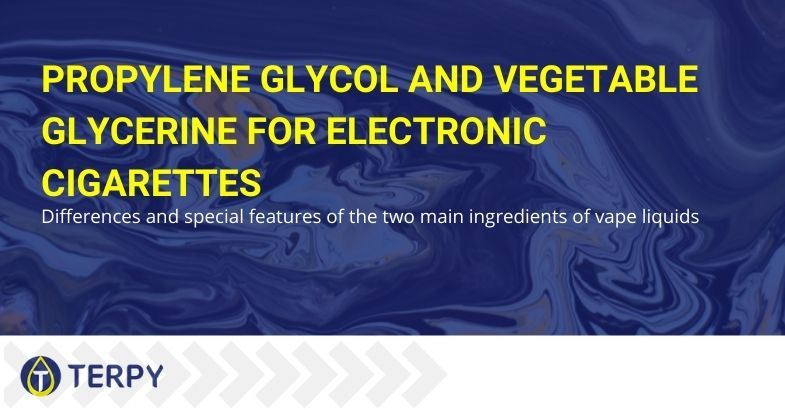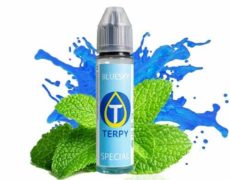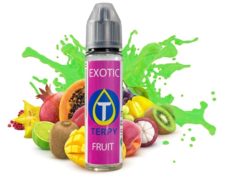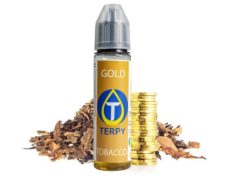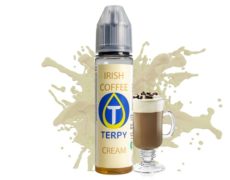Modified on: 16/05/2022
Differences and special features of the two main ingredients of vape liquids: propylene glycol and vegetable glycerine
Many new vapers, probably including you, are confused about the composition of e-cigarette liquids and the characteristics of the two main ingredients of these liquids: propylene glycol and vegetable glycerine (no, they are not the same thing).
To help you better understand what they are, what they are used for and why they are used in e-cigarettes, we have dedicated an entire in-depth study to these ingredients. In fact, if you don’t know what they are yet, you should definitely do something about it!
Consider that you’ll probably be using these products every day, mixed with vape flavourings and any nicotine, so you must know all about them.
Let’s start now!
PG + VG = Electronic cigarette liquid base
The e-liquid base, also known as the neutral base (because it is tasteless) or the base liquid for electronic cigarettes, is made up precisely of propylene glycol and vegetable glycerine.


Abbreviated, these ingredients are called PG (Propylene glycol) and VG (Vegetable glycerin) respectively, so don’t be surprised if we often refer to them as PG and VG.
In order for an e-liquid base to truly qualify as an e-cigarette liquid, vape flavourings and – depending on the vaper’s needs – liquid nicotine must be added in carefully calculated percentages.
A neutral base tends to have a PG/VG ratio of 50/50 or, for those who like a lung shot and want to produce dense clouds of vapour, a higher percentage of vegetable glycerine than propylene glycol.
But why is Vegetable Glycerine suitable for people who like thick clouds of vapour?
Find out in the following paragraph!
Vegetable glycerine for vaping: what it is and what it is used for
Vegetable glycerine (VG) is a compound of natural origin, extracted from vegetable oils such as soy, coconut and palm. Typically used in the food, pharmaceutical, and cosmetics industries, in recent years it has also become one of the main ingredients in electronic cigarette liquids.
It appears as an odourless, virtually colourless, viscous and vaguely sweet compound and imparts density to products.
In vape liquids, vegetable glycerine is useful both to curb the HIT (throat hit) caused by propylene glycol and nicotine, and to make the product full-bodied (even after vaping). It is no coincidence that vapers dedicated to cloud chasing, i.e. the practice of blowing large, dense clouds of vapour, use liquids with a very high proportion of VG.
Those who prefer a lung shot – airy and directed at the lungs – also use liquids with a predominance of vegetable glycerine and low amounts of propylene glycol.
Read also: Vegetable glycerine vape: what it is and why its characteristics make it essential in e-cigs
Propylene glycol for vaping: what is it?
Propylene Glycol (PG) is an organic compound produced from propylene oxide. It is colourless, practically odourless and low in viscosity, making it much more liquid than vegetable glycerine.
As a liquid humectant, it is also widely used in the food industry, pharmaceuticals and, although more recently than the other products, in e-liquids.
PG is a less viscous compound than vegetable glycerine so that it is more readily absorbed by the resistance cotton. It also transports both liquid nicotine and e-cigarette flavours very well, not changing their taste because (unlike VG) it is a completely tasteless product.
Are you wondering whether to choose a liquid with a predominance of vegetable glycerine or with a predominance of propylene glycol? You will find the answer to your questions in the following lines.
The perfect PG/VG ratio for your e-cigarette liquids


You should know that the ratio of Propylene Glycol to Vegetable Glycerine in a neutral base depends on your needs and your vaping habits.
For example, if you are a beginner in the world of vaping, we suggest that you start with a 50/50 ratio, so that you are not shocked by either the HIT of Propylene Glycol or the density of a liquid with a high Vegetable Glycerine content!
Gradually, you will be able to experiment again and see which composition comes closest to your needs.
In fact, as you get used to it, you will understand which mode you prefer: cheek or lung… Bearing in mind that cheek smoking is closer to the classic cigarette, while lung smoking involves inhaling the vapour directly into the lungs without stopping it in the mouth.
While liquids with a balanced PG/VG ratio or a predominance of propylene glycol are ideal for cheek smoking, for lung smoking you would need a fuller-bodied liquid with a moderate throat hit, i.e. one with a predominance of vegetable glycerine.
Read also: Cheap electronic cigarette? Here’s the best one to start with
There are also people who are allergic to propylene glycol and experience severe irritation of the airways when inhaling it. These people need to make up a 100% VG e-liquid base or dilute the vegetable glycerine with demineralised water.
In conclusion
The vaping experience is extremely subjective and determines the amounts of propylene glycol and vegetable glycerine to be used in e-cigarette liquids. Be that as it may, almost all vapers choose both ingredients for their ready-to-drink or DIY liquids, while very few opt for the version with only Vegetable Glycerine.
Now that you know all the details of these ingredients, would you like to buy them to make a liquid at home?
Visit Terpy.shop now, our online shop dedicated to vaping! We are waiting for you!

